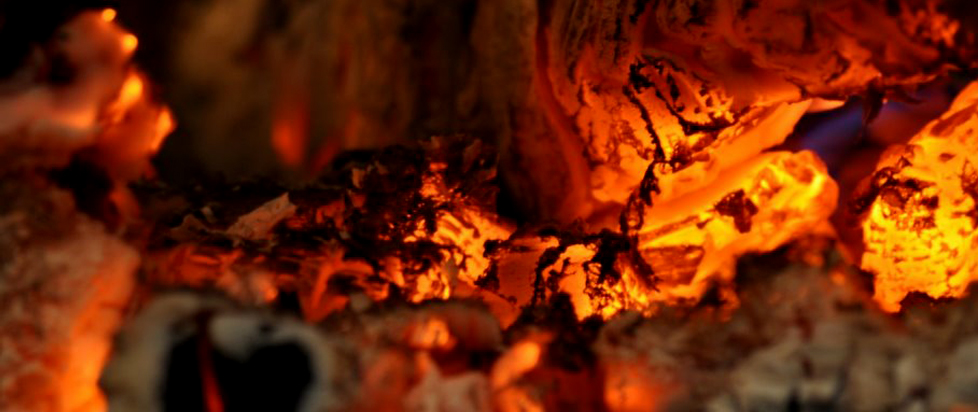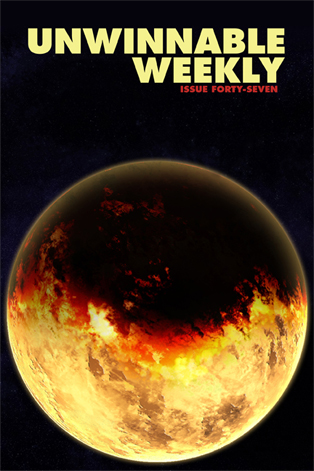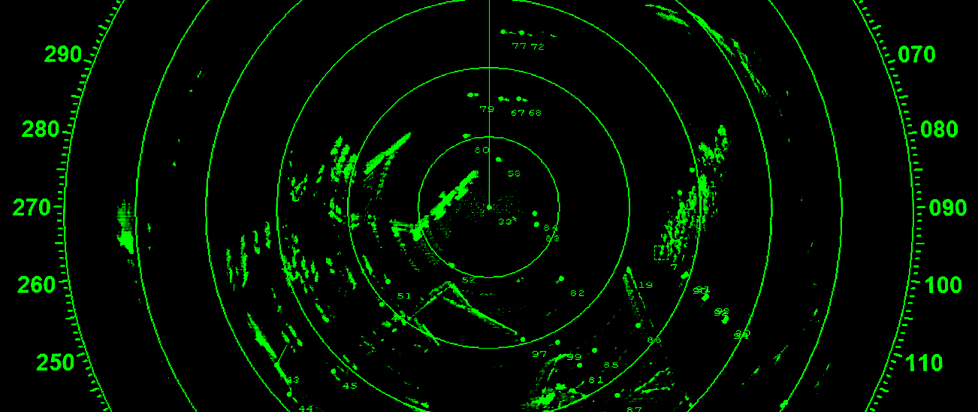
Kharak is Burning
 A while back, I found my old copy of Homeworld, Relic Entertainment’s 1999 space simulator and a dark horse candidate for Greatest Game Ever Made. For a game that’s over a decade old, it still looks pretty damned good (even better now that a remastered version is available) and the actual gameplay holds up well. I love rediscovering old games – you get to approach them from a more mature perspective, which means you’ll notice themes and motifs you may have missed as a callow, acne-ridden nerd.
A while back, I found my old copy of Homeworld, Relic Entertainment’s 1999 space simulator and a dark horse candidate for Greatest Game Ever Made. For a game that’s over a decade old, it still looks pretty damned good (even better now that a remastered version is available) and the actual gameplay holds up well. I love rediscovering old games – you get to approach them from a more mature perspective, which means you’ll notice themes and motifs you may have missed as a callow, acne-ridden nerd.
Not that I was ever that, mind you. I was a geek. Big difference.
Homeworld casts you as the commander of your race’s first attempt at faster-than-light travel. Your home planet, called Kharak, is slowly dying – it’s mostly desert and there’s not much around in terms of resources – but fortunately for you, some explorers discovered the remains of an ancient starship buried beneath the desert. The starship had faster-than-light technology and a map showing you the location of your actual homeworld, on the other side of the galaxy. Your people gathered up their remaining resources and built a big ol’ mothership, with the intent of traveling across the cosmos and discovering your mysterious origins.
The first mission is standard real-time strategy introductory fare; you learn to control your units, make your way around the map and so on. It has this optimistic, giddy feel to it – like the Apollo program writ large. As your mothership detaches from its gargantuan scaffold for the first time, there’s a real sense of accomplishment, which is odd considering this happens before you have any input at all. Kharak is in the background of this scene, and despite the fact that it’s obviously a harsh planet, it serves as an anchor for the player. You’ve just been introduced to this planet, but you know what it represents: home.
Your hyperspace test goes well and you jump out to a ship about a light-year away that you had sent on a long-range precursor mission. The scenery is largely the same (you can see the same constellations and nebulae in the sky as in the previous mission) save for one key difference – you can see your home star as a faint, slightly brighter-than-normal speck in the distance. Homeworld’s skyboxes are quite beautiful, but their particular genius is in how they give a certain structure to the emptiness of space. One series of missions has you winding your way farther and farther into a mysterious nebula, the center of which looms larger and larger in your viewscreen until you’re entirely enveloped in it. Another places the mothership in the middle of a gargantuan, half-completed Dyson sphere, the scale of which produced the most intense feeling of insignificance I’ve ever felt while playing a game. It’s a very simple thing, but more than anything else, it’s responsible for Homeworld’s unique feel.
The second mission ends with the discovery that you’re not only not alone in the galaxy, but that you’re not particularly welcome. Your advance ship has been destroyed by alien raiders and you head back to Kharak to regroup and plan your next move.
When you exit hyperspace at the start of the third mission, you’re confronted by wreckage and fire.
You’ve been reading an excerpt from Unwinnable Monthly Issue 47.
To read the article in its entirety, please purchase the issue from the shop or sign up for a subscription to Unwinnable Monthly!





